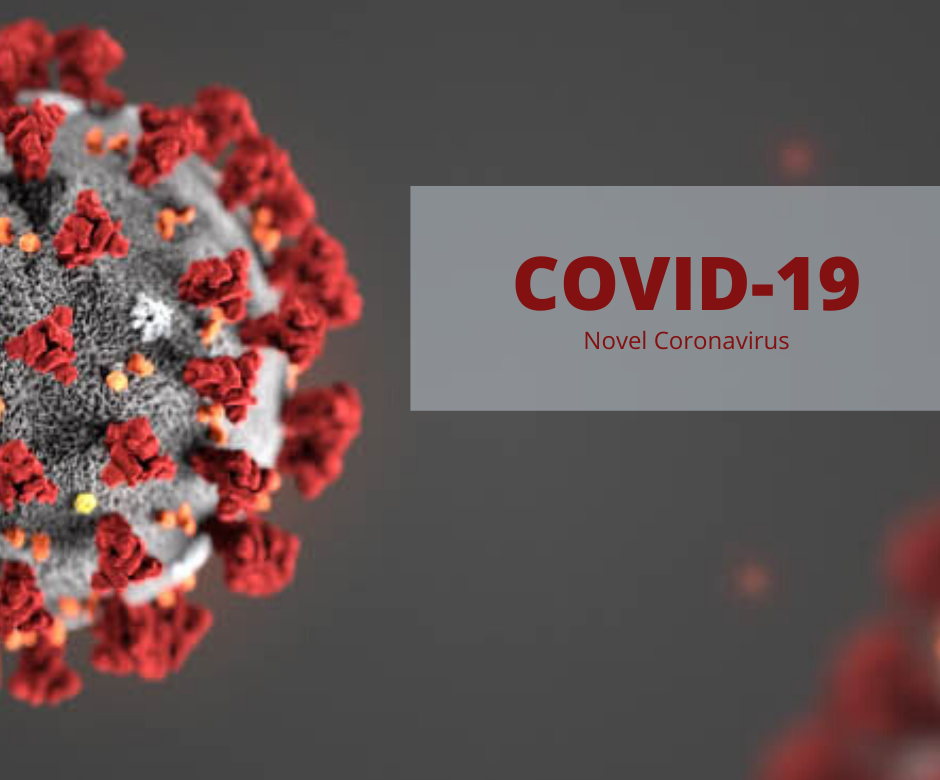COVID-19 Update:
Advice for People at Increased Risk:
Are you feeling okay?
If you are experiencing fever, cough or shortness of breath and traveled to an area where COVID-19 is spreading, or you have had close contact with someone who has been diagnosed with COVID-19, call your health care provider. Your provider will work with the Health Department to determine if you need testing. If you need help finding a health care provider, call 311.
Facts About 2019 Novel Coronavirus
1. What are coronaviruses?
Coronaviruses are a family of viruses that are common throughout the world. They cause illnesses ranging from the common cold to more serious illnesses like pneumonia. A novel (new) coronavirus is a type of coronavirus that has not been previously seen in humans.
2. What is 2019 novel coronavirus?
2019 novel coronavirus is a new type of coronavirus identified as the cause of an outbreak of respiratory illness (which affects breathing) called COVID-19 that was first detected in Wuhan, China. It is reported in countries all across the globe, including the U.S.
The virus is not being spread by people of any particular race, ethnicity, national origin, or religion. It is important that people understand this and do not discriminate.
3. How serious is this virus and what are the range of symptoms?
Reported symptoms due to infection with the virus that causes COVID-19 have ranged from mild to severe. Symptoms can include fever, cough or shortness of breath.
4. Who is at higher risk for severe illness?
People who are older or may have underlying disabilities or medical conditions (such as diabetes, hypertension and cardiovascular disease, immunosuppression, or cancer) or are over 60 years of age appear to have a higher risk of severe COVID-19. Children and young adults can be in the higher risk category if they have one of these conditions.
5. How does this virus spread?
Much is still unknown about how the virus that causes COVID-19 spreads. Current information indicates the virus is being spread in the community by people who have not been abroad or had contact with people who have been abroad. Person-to-person spread is thought to occur mainly via respiratory droplets produced when an infected person coughs or sneezes, similar to how the flu and other respiratory illnesses spread.
6. How long before symptoms of the virus appear?
The Centers for Disease Control and Prevention (CDC) believes at this time that symptoms of COVID-19 may appear between two and 14 days after exposure.
For more information on COVID-19, visit nyc.gov/health/coronavirus or cdc.gov/coronavirus.

